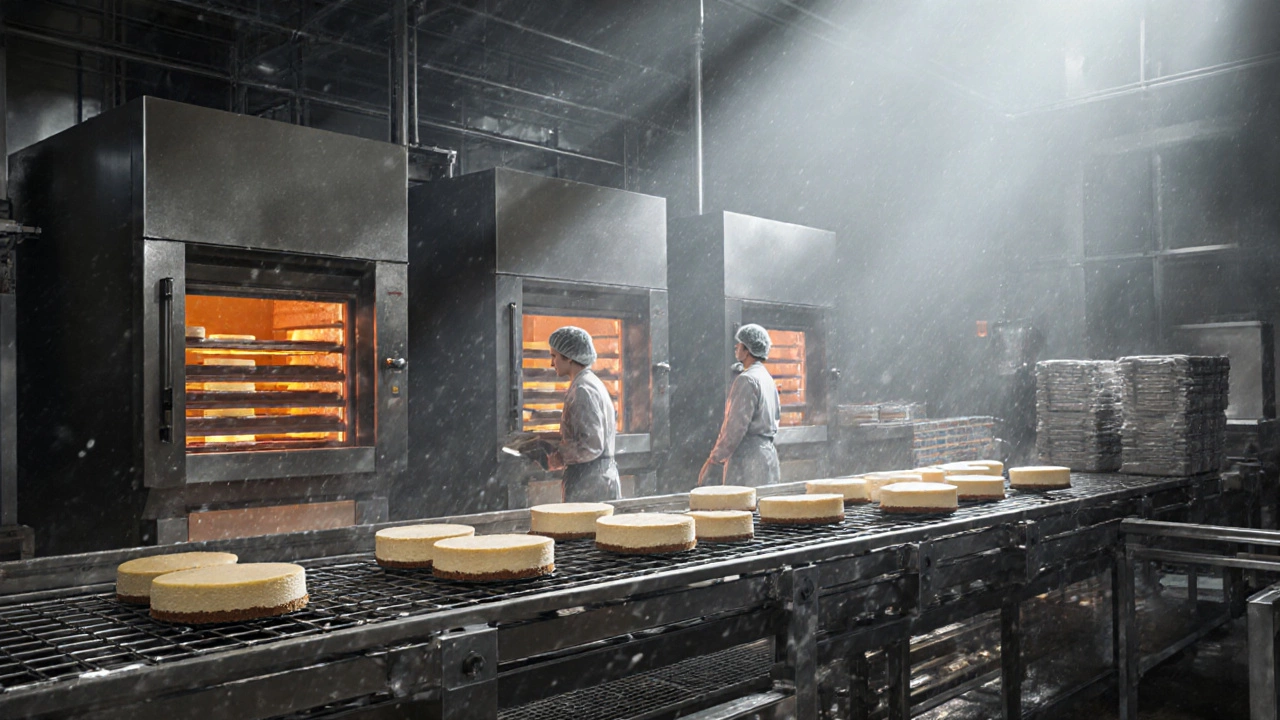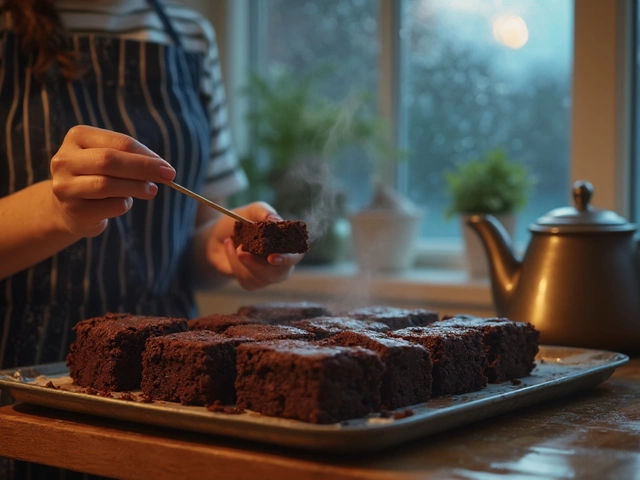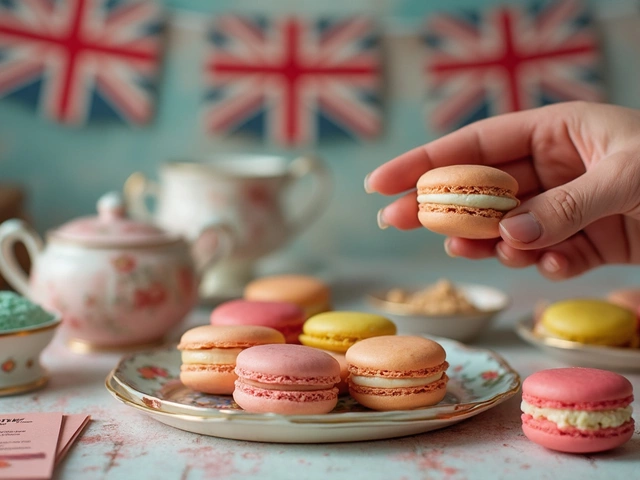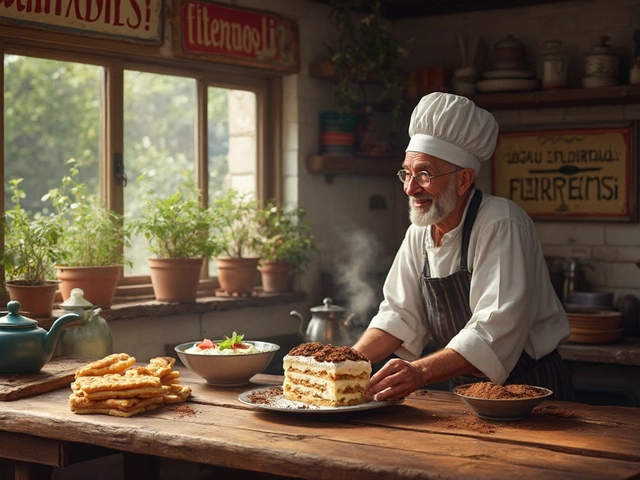How Cheesecake Is Made: Ingredients, Methods, and Secrets Behind the Creamiest Dessert
When you think about how cheesecake is made, a rich, dense dessert built on a foundation of cream cheese, sugar, eggs, and a crust. Also known as New York-style cheesecake, it’s not just a cake—it’s a custard baked or chilled into smooth, velvety perfection. What sets it apart from other desserts is how simple ingredients come together with precision. You don’t need fancy tools, but you do need to understand the basics: temperature, mixing, and patience.
The heart of any great cheesecake is cream cheese, a soft, spreadable cheese that gives cheesecake its signature richness and structure. Also known as full-fat brick cheese, it’s the non-negotiable base. If you skip room-temperature cream cheese, you’ll end up with lumps. If you overmix after adding eggs, you’ll trap air and crack the surface. That’s why most recipes tell you to mix just until smooth—no more. Then there’s the crust. Graham cracker, digestive biscuit, or even cookie crumbs bound with butter. It’s not just a base—it’s flavor and texture contrast. Skip it, and you lose the crunch that makes each bite satisfying.
Now, the big question: baked or no-bake? baked cheesecake, a classic method that uses an oven to gently set the filling into a firm, creamy texture. Also known as traditional cheesecake, it’s the choice for those who want deep flavor and a slight spring to the slice. It takes longer—often an hour or more—but the result is dense, luxurious, and holds up beautifully. no bake cheesecake, a chilled version that uses whipped cream or condensed milk to set without heat. Also known as refrigerator cheesecake, it’s faster, easier, and perfect for summer or when your oven’s too hot to use. Both work. But they’re not the same. One is custard. The other is mousse. Knowing the difference helps you pick the right one for the occasion.
People mess up cheesecake for the same reasons over and over: cold ingredients, overbeating, skipping the water bath, or opening the oven too soon. But none of that matters if you start with the right foundation. You don’t need to be a pro. You just need to follow the steps, trust the process, and give it time to cool. A good cheesecake doesn’t rush. It rests. It settles. And when you finally cut into it, that clean slice? That’s the reward.
Below, you’ll find real recipes, honest comparisons, and fixes for common mistakes. Whether you’re making your first cheesecake or trying to nail that perfect crack-free top, there’s something here for you.





